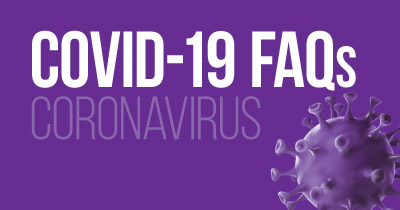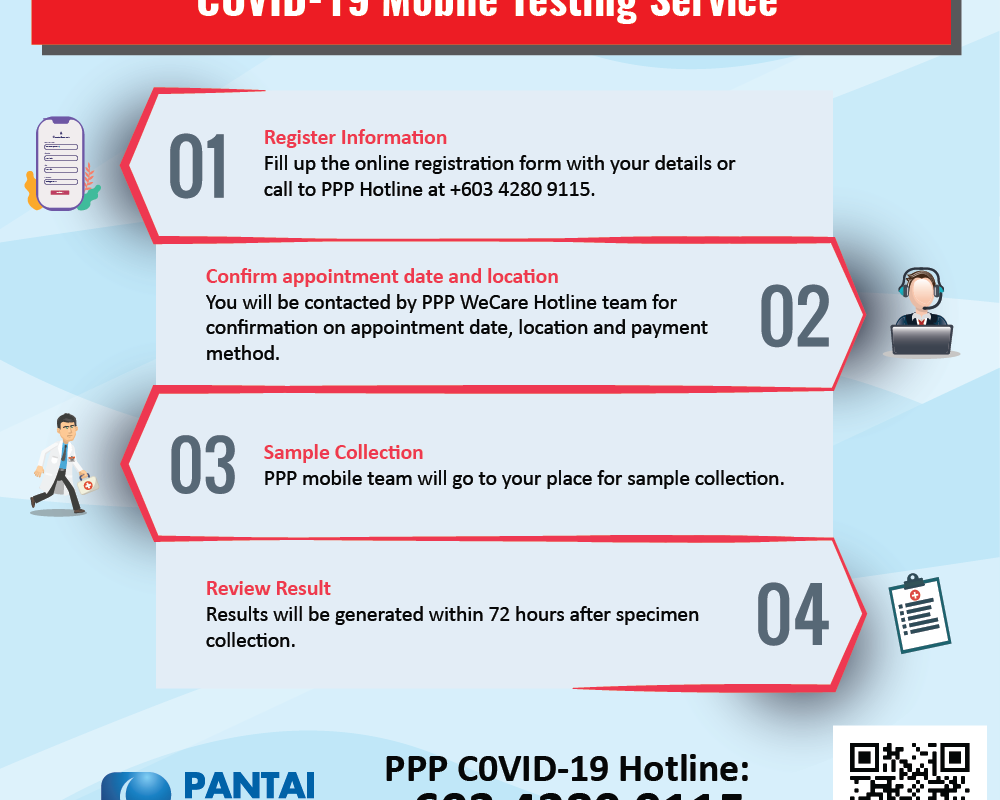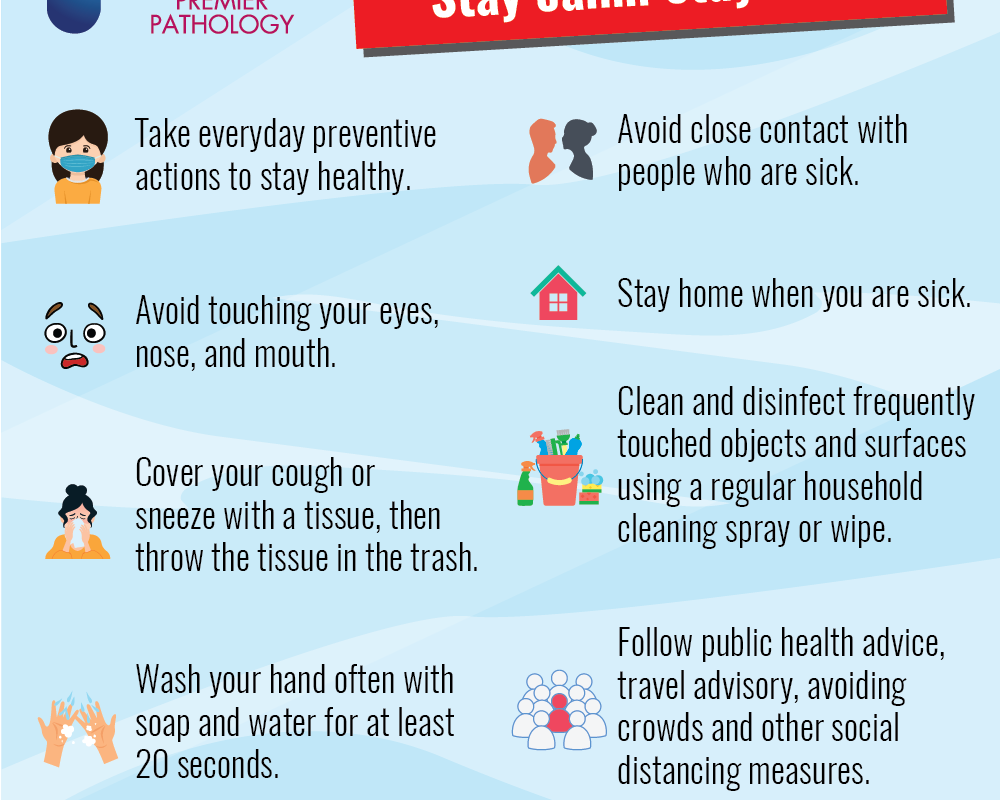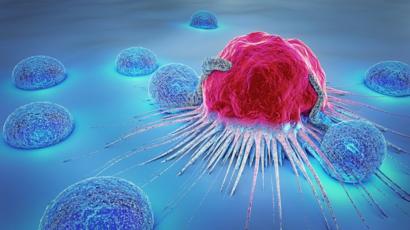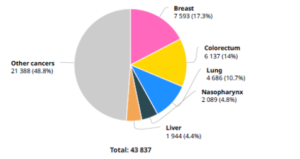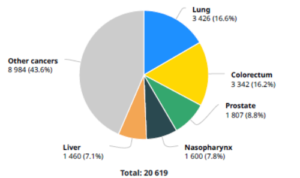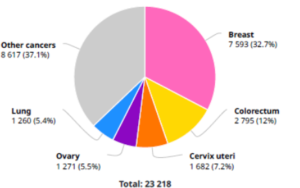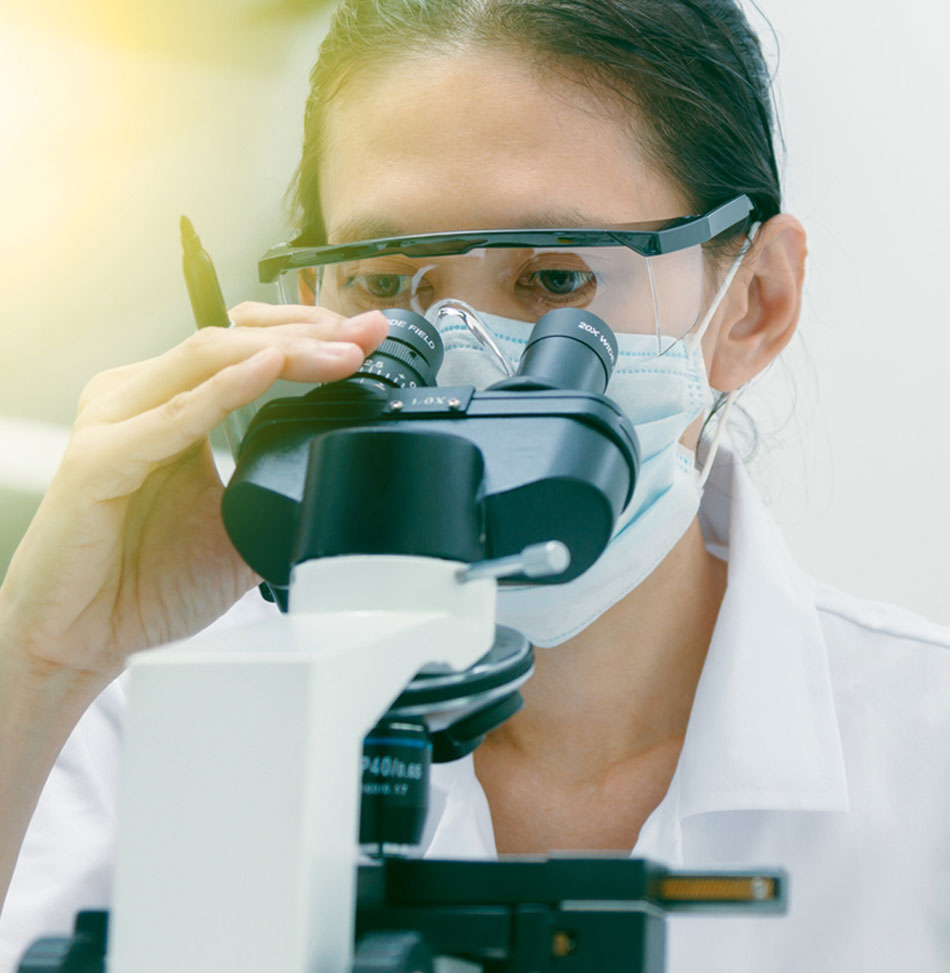F.A.Q. ON LABORATORY TESTS FOR COVID-19
A: The sample is taken either from the nose or throat, or both, using a special swab. These sites are where the virus is replicating. The swabs are then placed in a tube which contains a solution.
A: Almost all tests currently being carried out in Malaysia are tested using a technique known as polymerase chain reaction or PCR. The swabs i.e., the samples obtained are used to match the genetic material captured on the swab with the genetic code of COVID-19. PCR amplifies the genetic material so that it becomes easy to detect.
A: PCR technique is being used to test for COVID-19 is also used for many other viruses e.g influenza, Hepatitis C and HIV. The ingredients of the PCR are generic however, an element of the test known as the primer (functions as hook); which is used to match the genetic material with the virus that causes COVID-19 is unique.
A: A positive test indicates the presence of the virus that causes COVID-19. The individual is infected with the virus and presumed to be contagious. Laboratory test results should always be considered in the context of clinical observations and epidemiological data in making a final diagnosis and patient management decisions. Patient management decisions should be made with a healthcare provider.
A: The result can be ready between 24-72 hours.
A: These are immunological tests and are called point of care tests. They can be ready within minutes. The tests detect the presence of antibodies produced by the host immune system against the virus. These tests would likely be less accurate than lab-based PCR tests because they looked for antibodies, rather than the virus itself. The result could be a false-negative if the test is taken at the wrong stage of a person’s illness.
A: Since antibodies continue to be present even after the infection is cleared, serology tests continue to be positive for individuals who have been previously exposed and developed an immune response. This means a positive test may not indicate an active infection. Serology antibody testing is being used mainly for surveillance and at present is not used to diagnose active COVID-19 infection.
Source: Medical Microbiologist, Pantai Premier Pathology.

